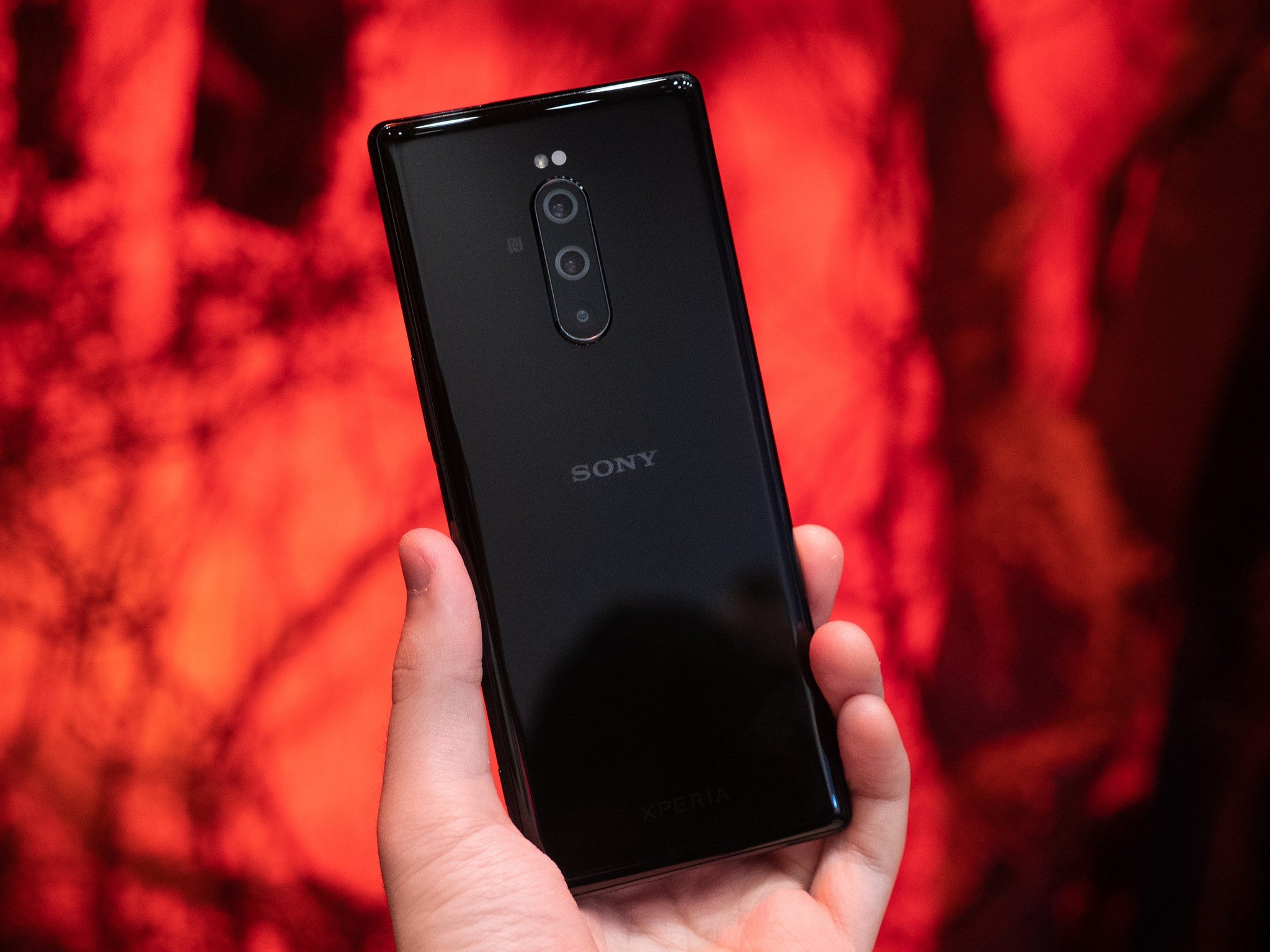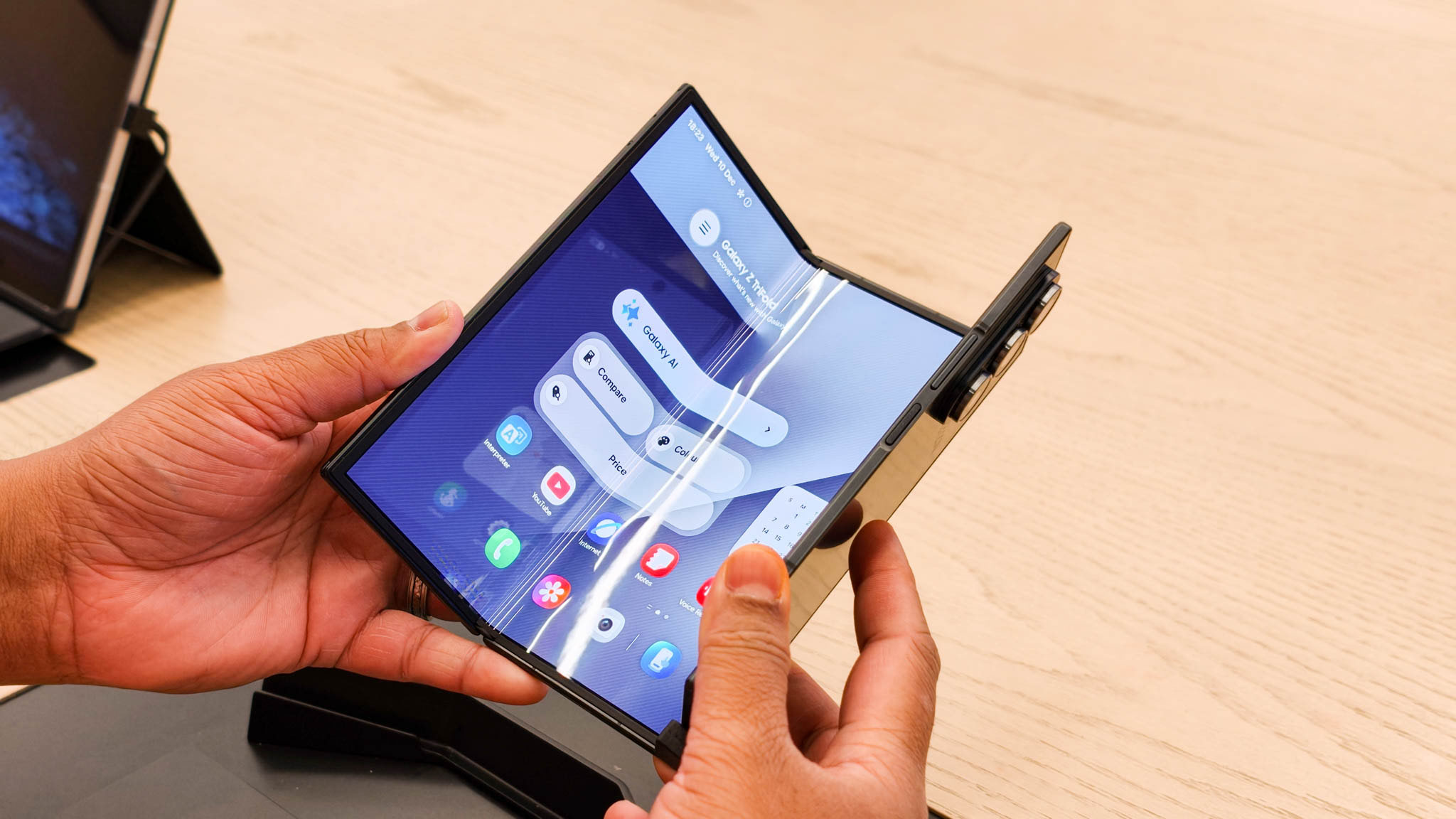Sony isn't exactly a major player in the smartphone space anymore, but that doesn't mean you should immediately count it out when the company releases a new flagship. The Xperia 1 ushers in a new design philosophy for Sony, focusing on the company's strengths in displays and imaging with a new, taller aspect ratio and a 4K OLED panel.
The good
- Phenomenal display
- Excellent triple camera array
- Long-lasting battery
- Water resistant
The bad
- Awkward fingerprint sensor placement
- No wireless charging
- Camera is slow to open and switch between lenses
About this review
I (Hayato Huseman) am writing this review after using the Xperia 1 (J8170) for just under two weeks in the greater Indianapolis and Chicago metropolitan areas on the AT&T network. I used an unlocked model provided to me on loan by Sony, running build number 55.0.A.2.278 for the entirety of the review period.
Sony Xperia 1 Hardware, specs, and design
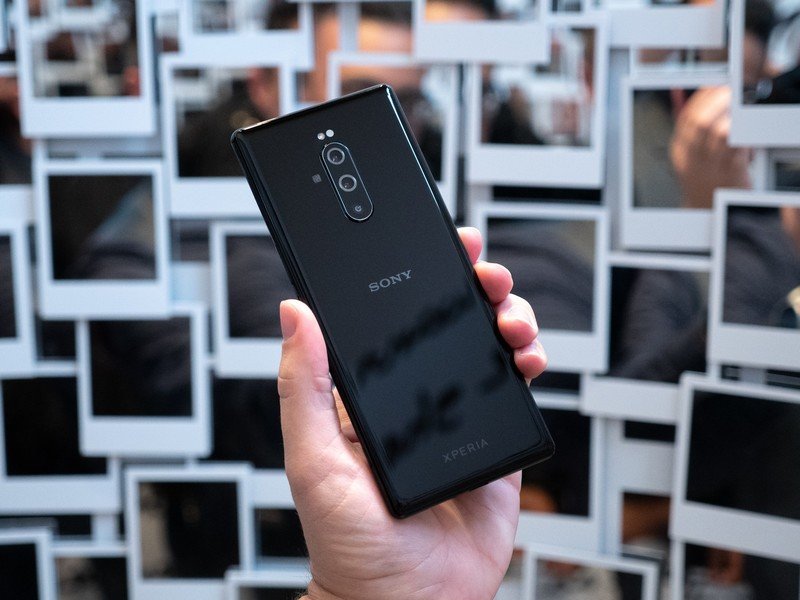
| Category | Sony Xperia 1 |
|---|---|
| Display | 6.5-inch, 3840 x 1644, HDR, OLED, 21:9 |
| Processor | Qualcomm Snapdragon 855, 2.84GHz + 2.42GHz + 1.8GHz, Octa-core |
| RAM | 6GB LPDDR4 |
| Storage | 128GB (expandable via microSD) |
| Rear Camera | 12MP, ƒ/1.6, 1.4µm, OIS (wide) + 12MP, ƒ/2.6, 1.0µm (telephoto) + 12MP, ƒ/2.4, 1.0µm (ultra-wide) |
| Front Camera | 8MP, ƒ/2.0, 1.12µm |
| Battery | 3330 mAh, 18W USB-PD fast charging |
| Dimensions | 167 x 72 x 8.2mm |
| Weight | 178g |
It's been a while since I've spent much time with a Sony phone. For me, at least, the Xperia name brings back memories of clumsy gaskets for waterproofing, uncomfortably sharp corners, and frustratingly mediocre cameras.
But the Xperia 1 is a completely different story. There's nothing clumsy about the design here; every aspect of its hardware feels well thought-out and luxurious. It's perfectly weighted — not too heavy or light — and the curved glass backing makes the phone feel considerably less boxy than previous generations.
I don't love the ultra-glossy coating on the Xperia 1, nor am I a fan of how quickly it gets smudged up with fingerprints, but I have to admit that my black model looks incredibly sleek and high-end. The tray for your nanoSIM and microSD cards sits at the top of the phone, with a small slot for your fingernail so you don't need a pin tool to swap SIMs.
Get the latest news from Android Central, your trusted companion in the world of Android
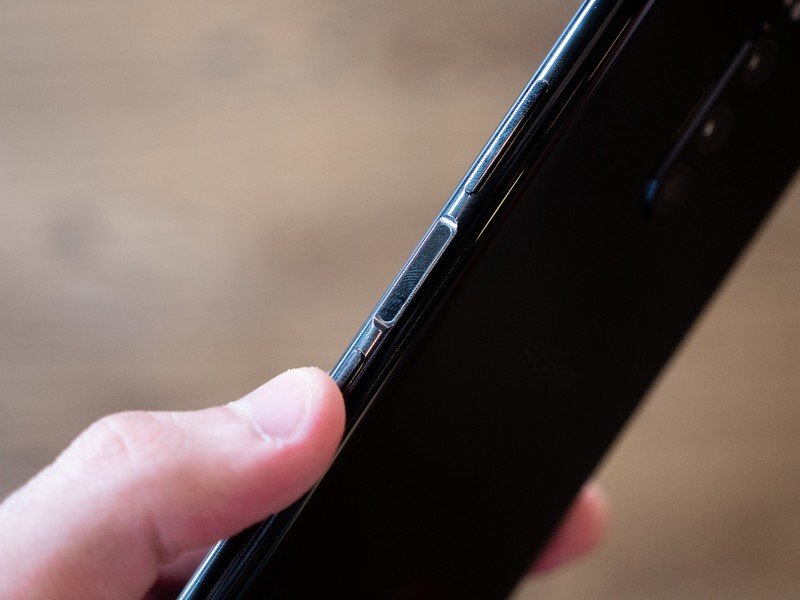
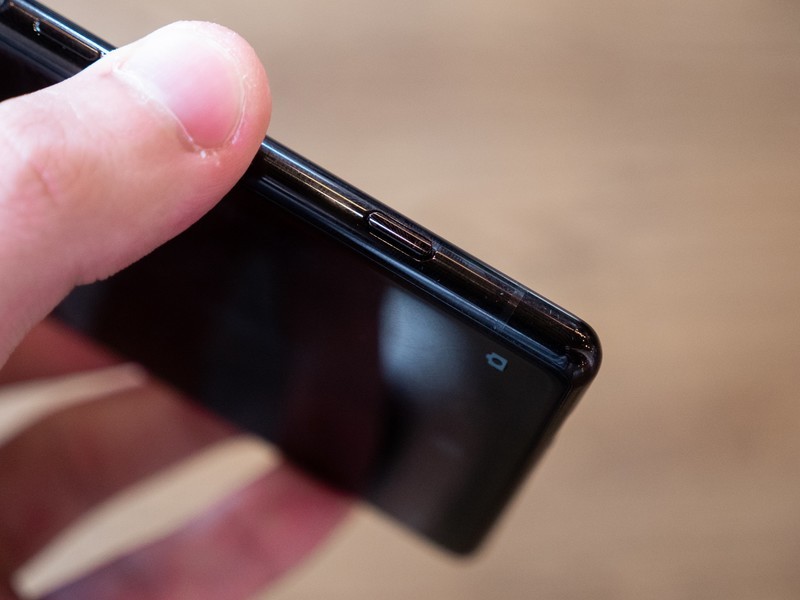
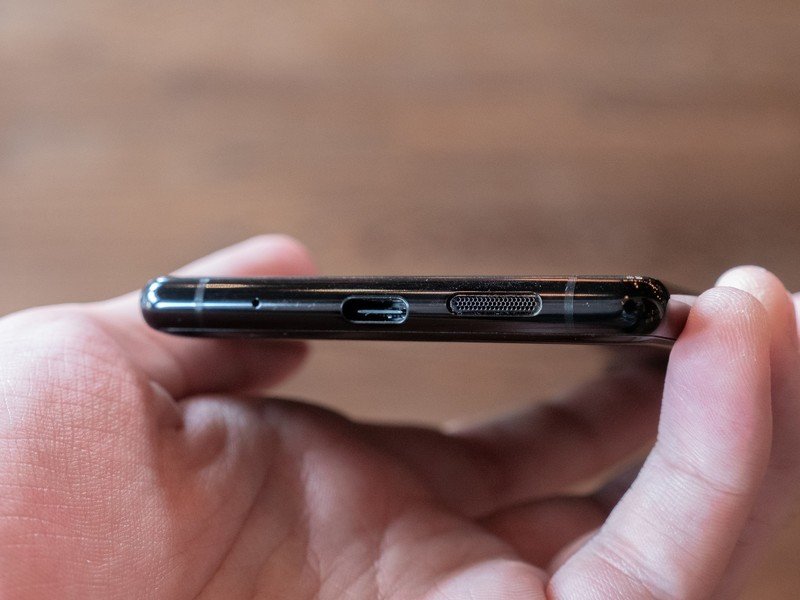
All of the Xperia 1's hardware controls rest along the righthand side of the frame; from top to bottom, there's a volume rocker, side-mounted fingerprint sensor, power button, and a two-stage shutter button. It would've been nice for the fingerprint sensor and power button to be a single combined unit, but the fingerprint sensor sits exactly where my thumb naturally rests on the phone.
I'm still not sold on in-display fingerprint sensors, so I'm thankful Sony stuck with a physical sensor for the Xperia 1, but its location and size come with some compromises. It's really only good for your right thumb; I have my left index and middle fingers programmed, and neither works reliably — which is especially annoying because I keep my phone in my left pocket.
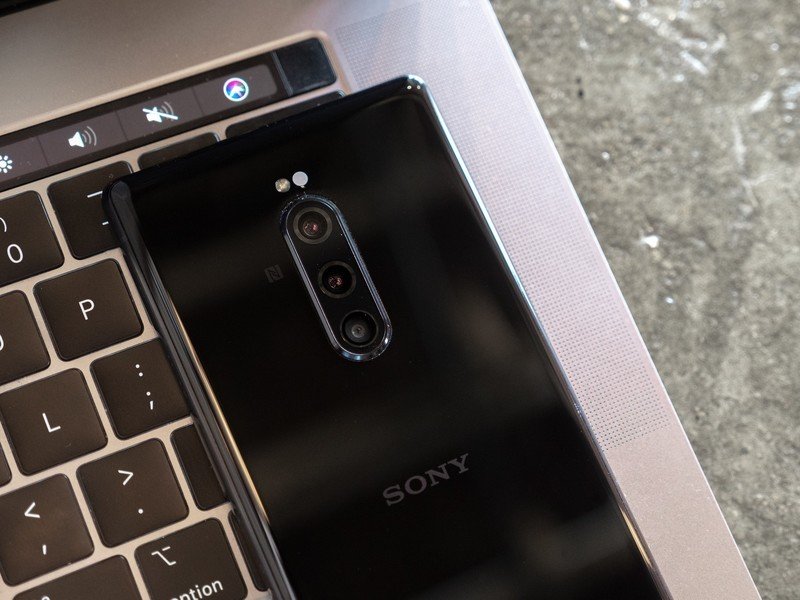
There's no 3.5mm headphone jack here (sorry, wired audio fans), but you get dual speakers with the same arrangement we've seen on recent phones from Samsung, Apple, and the like. The earpiece and bottom-firing speaker grill work together to provide stereo audio which, while a bit lacking in bass, gets extremely loud and has great directional separation. It's backed by Dolby Atmos and fine-tuned by Sony Pictures Entertainment.
The fingerprint sensor works well, but only for your right thumb.
Haptic feedback on the Xperia 1 is great, too. Tapping the navigation pill gives a quick, subtle buzz similar to that of the Pixel 3, and Sony even included a Dynamic Vibration feature that makes the phone pulse along with your music and videos. It's a novelty trick that I quickly disabled, but it tracks pretty well (typically following the kick drum when playing music), and you can control the intensity of the effect from your volume settings.
Sony was one of the first manufacturers to put a focus on water resistance, so it's no surprise that the Xperia 1 is IP68-certified for protection against water and dust. It also has Gorilla Glass 6 covering the front and back, reducing the risk of a shattered screen, as well as NFC for quick pairing and mobile payments. The only feature it's missing is wireless charging; I certainly would've loved to have seen it here, but its absence isn't a dealbreaker by any means.
Sony Xperia 1 That incredible display
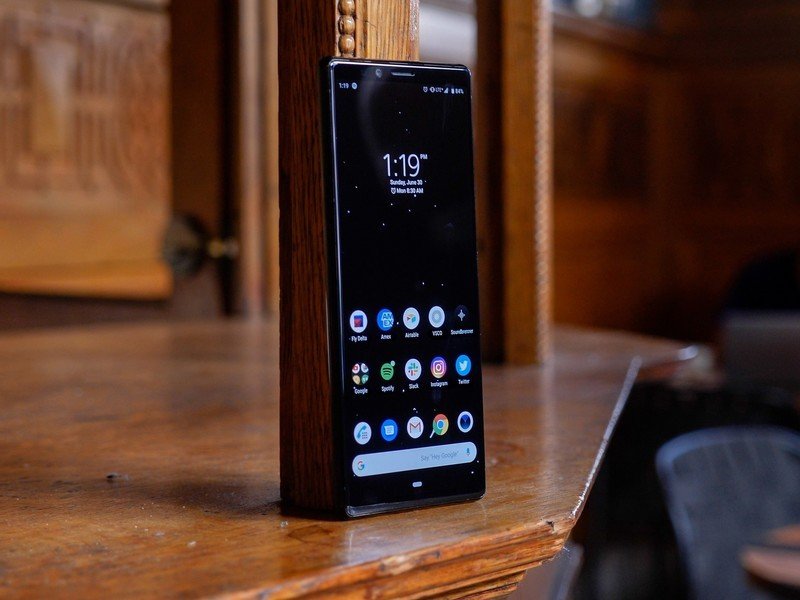
The Xperia 1 has a monstrous 6.5-inch 4K OLED display with a strikingly different 21:9 aspect ratio. That aspect ratio is the first thing you'll notice when you pick up the phone. They're the same proportions often used in widescreen films, and it gives the phone a tall, slender shape that's a lot closer to a TV remote than any other phone I've used.
Sony's CinemaWide 4K HDR display is one of the best screens I've ever seen on a phone.
The narrow sides make the Xperia 1 much more manageable, but it's still hard to use one-handed; the notification shade is basically impossible to reach without shifting the phone around in your palm, and it's a huge missed opportunity that you can't swipe down on the fingerprint sensor to access your notifications, either.
Minor gripes aside, though, that extra-tall display — which Sony calls CinemaWide — is absolutely incredible. We've seen a few other phones with 4K displays before (most of which were also made by Sony), but this is the first one that also makes use of HDR and OLED technologies.
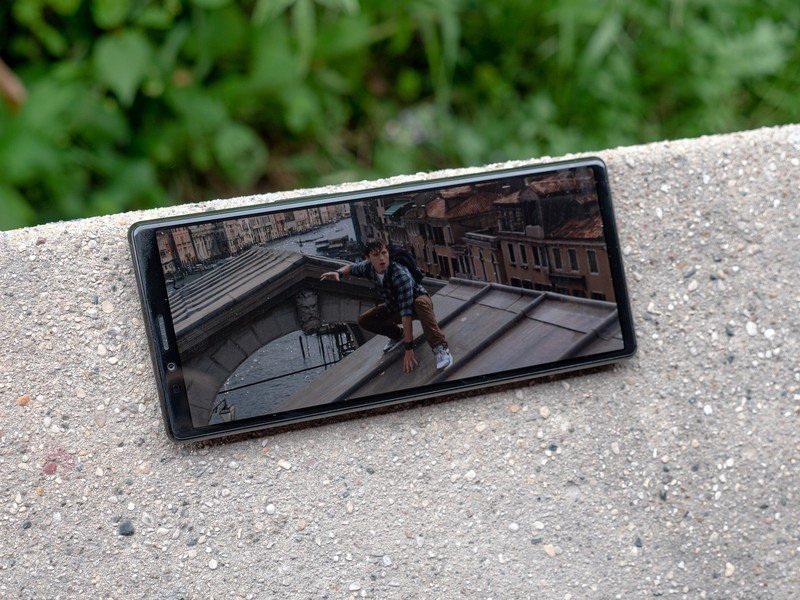
The Xperia 1 uses the same X1 image-processing engine found on Sony's Bravia TVs, which offers vivid colors with high contrast, but I much prefer Creator Mode, which is tuned by CineAlta and offers a slightly flatter, more color-accurate look. Based on Sony's professional-grade monitors (the same ones Apple's new $5000 Pro Display XDR aims to compete with), it makes use of the BT.2020 color gamut and 10-bit color.
It's absolutely stunning to look at indoors, but what impressed me the most was when I took the phone outside; Indiana summers don't typically have a lot of cloud coverage, so these last few weeks I've been using the Xperia 1 in harsh, direct sunlight. Even with Creator Mode enabled, which sacrifices a bit of brightness, I've had no trouble at all using the phone outdoors — text is still clearly visible, and colors hardly wash out at all. I don't have a Galaxy S10 handy to compare it to, but I've been nothing but impressed with this display.
Sony Xperia 1 Software and performance
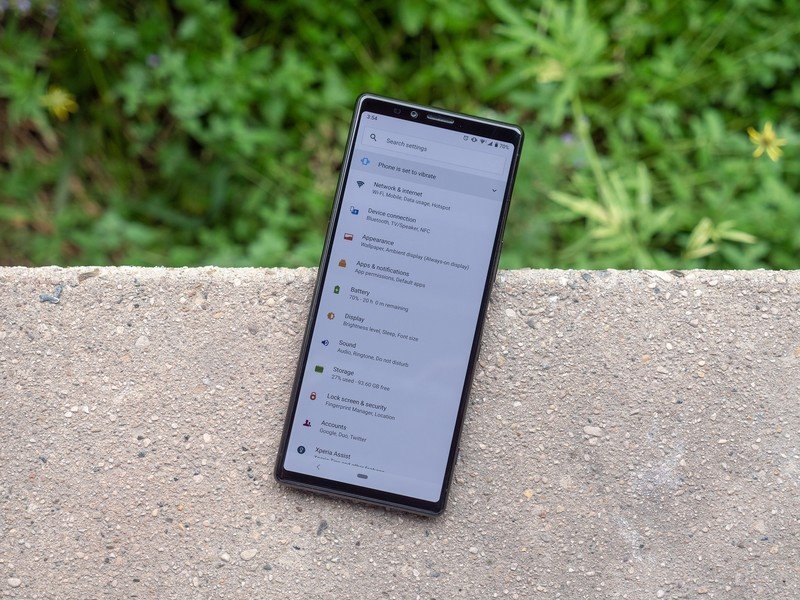
There's nothing more disappointing than a phone with excellent hardware and promising ideas shipping with shoddy software that muddles the experience. Luckily, that isn't at all the case with the Xperia 1. Sony went with a mostly stock build of Android 9 Pie that looks and feels nearly identical to that of the Pixel 3, save for a few changed icons.
There are a few additional apps pre-installed on the phone; 3D Creator lets you create CAD-like 3D models of a head or object, Movie Creator is a basic video editor that supports 21:9 video, and of course, Sony had to include its PlayStation app. Thankfully, there's no truly useless cruft installed, and even Sony's Email app is surprisingly good, if you're looking for an alternative to Gmail.
Sony has also built in a few features to make the extra-tall 21:9 aspect ratio a bit more manageable. Double-tapping the very edge of the display on either side with open a small window called Side Sense, which hosts a number of app shortcuts and toggle functions. There are buttons here to enable one-handed mode, which shrinks the screen into one corner of the display, and access your notification shade.
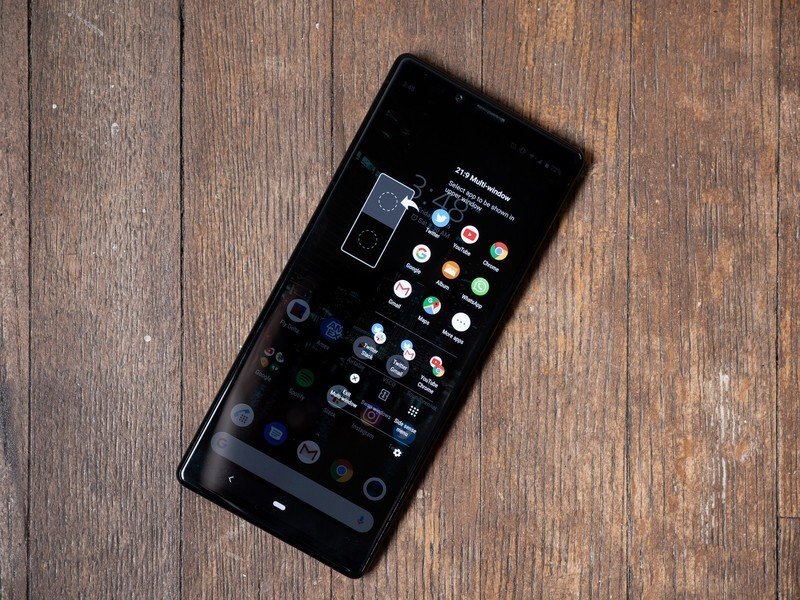
I still think integrating a swipe-down gesture into the fingerprint sensor for accessing the notification shade would've been a no-brainer, but this is a decent, if a little clunky, alternative. You can also access Multi Window within Side Sense, which makes good use of the tall aspect ratio to give you plenty of room to work with in each app. Swiping up along the sides of the display will launch Side Sense as well, and you can also swipe down to go back while in an app.
One quirk that I noticed as a result of the 21:9 aspect ratio is that Instagram Stories act a bit odd. When viewing others' Stories, you simply get letterboxing around 16:9 content, but you'll still see your own content filling up your entire display. This means you need to be mindful of the 16:9 crop when posting and avoid putting any important information outside of the crop — thankfully, Instagram has grid lines now that help keep you within those boundaries.
Performance on the Xperia 1 is what every Android phone should feel like.
Performance on the Xperia 1 is absolutely fantastic. It absolutely zips through the software without missing a beat, and I've never run into any slowdowns or lag, whether I'm scrolling through my app drawer or switching between multiple apps at a time. It's considerably faster than my Pixel 3 at times — it feels right in line with the OnePlus devices I've used; this is what every Android flagship should feel like.
Gaming is no trouble for the phone, either. Asphalt 9 runs perfectly smoothly, as does Fortnite (both of which come pre-installed), and when held in landscape, the 21:9 aspect ratio means your hands and on-screen controls obscure less of your view while playing. There's a Game Enhancer built-in that allows you to set custom options on a per-game basis, including performance or battery life prioritization, locking the navigation bar, and temporarily disabling Side Sense.
I typically left every game on Performance mode, since battery life isn't an issue for the Xperia 1 at all. On a typical day, I get between five and six hours of screen-on time (compared to three on my Pixel 3 and six on my OnePlus 6T), ending most days with around 30% battery remaining. This isn't quite the battery champ that the Galaxy S10+ and Huawei P30 Pro are, but it's pretty remarkable when you remember what kind of display tech you're using.
Sony Xperia 1 Triple cameras

Sony went with a triple-camera array for the Xperia 1, combining a 16mm ultra-wide and 52mm telephoto lens, along with the standard 26mm wide lens. Each lens is 12MP, and utilizes the BIONZ X image-processing engine developed by Sony's Alpha team — the same team that makes Sony's extremely popular mirrorless cameras.
Overall, I've been very impressed with the photos I've gotten. The Xperia 1 produces some of the most natural colors I've seen from a phone's camera, and dynamic range is great — though in particularly bright settings, I found that it has trouble exposing properly in auto mode. Still, the standard wide lens takes fantastic photos with plenty of detail, without too harshly over-sharpening.
It also works well in low light, thanks to a larger 1/2.6-inch sensor and RAW noise reduction. While it won't quite light up a dark shot like the Pixel 3's Night Sight, I've been more than happy with the low light results I've gotten from the Xperia 1.


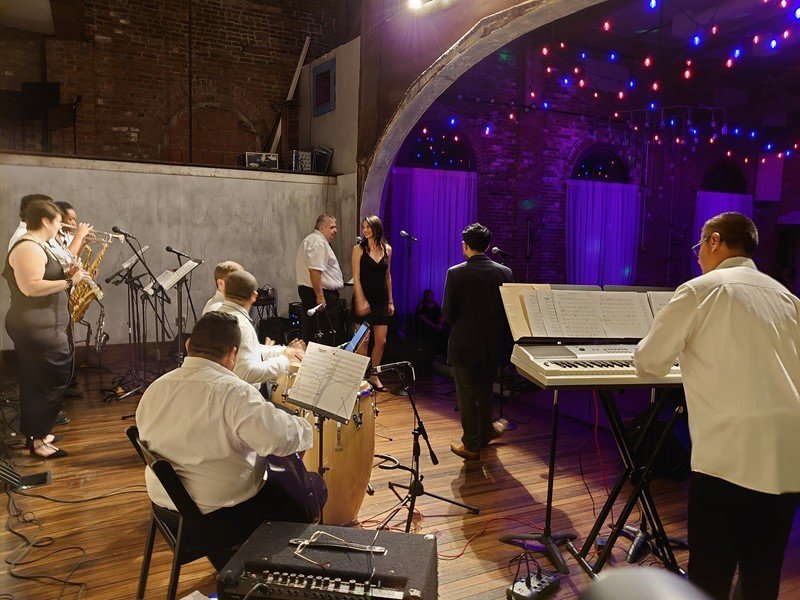
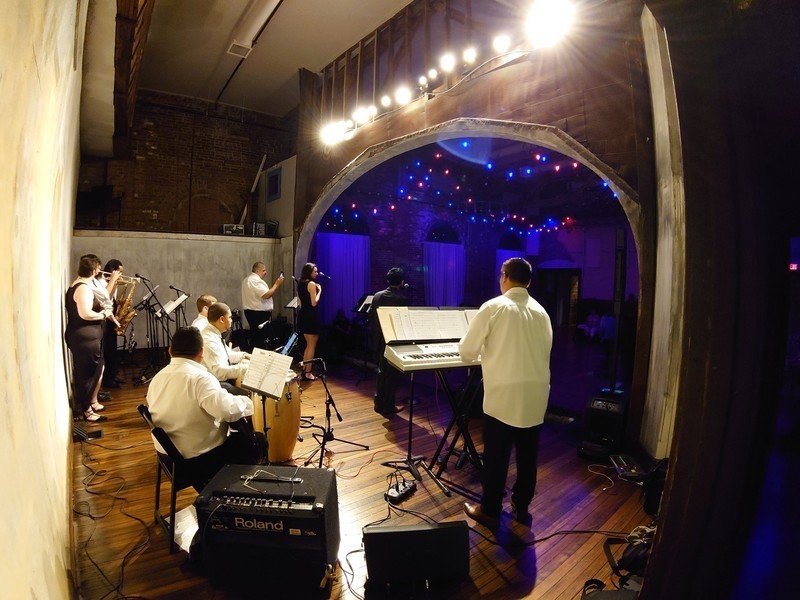

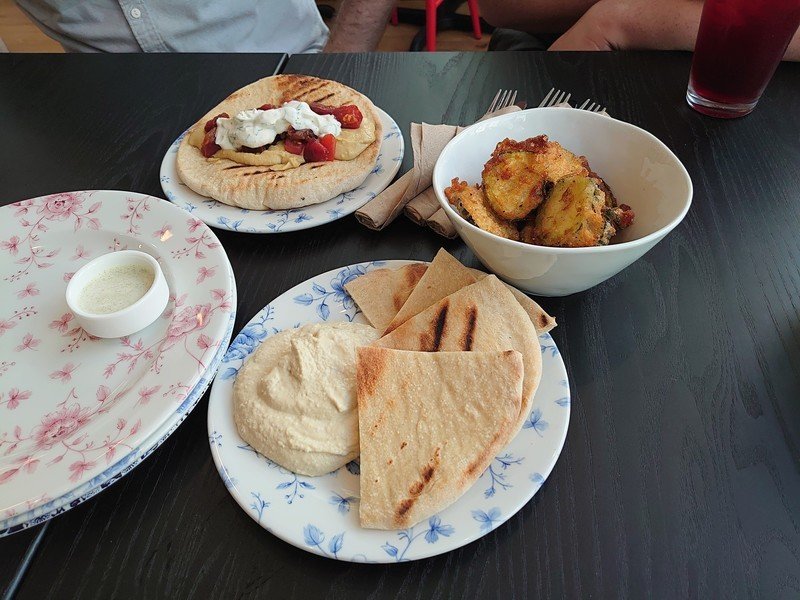
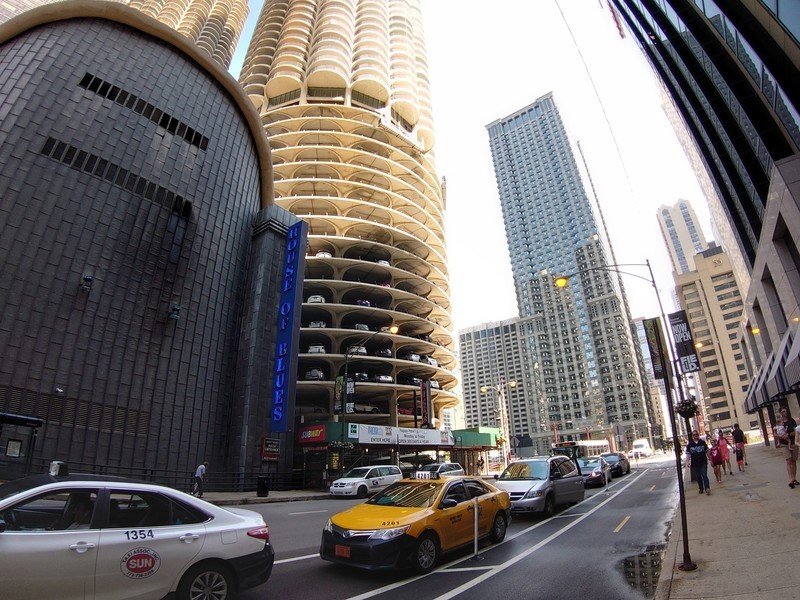
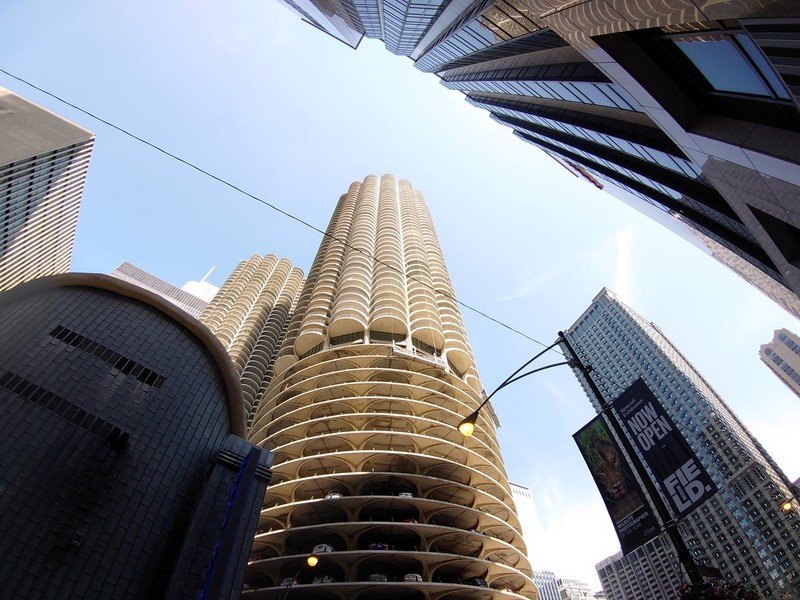
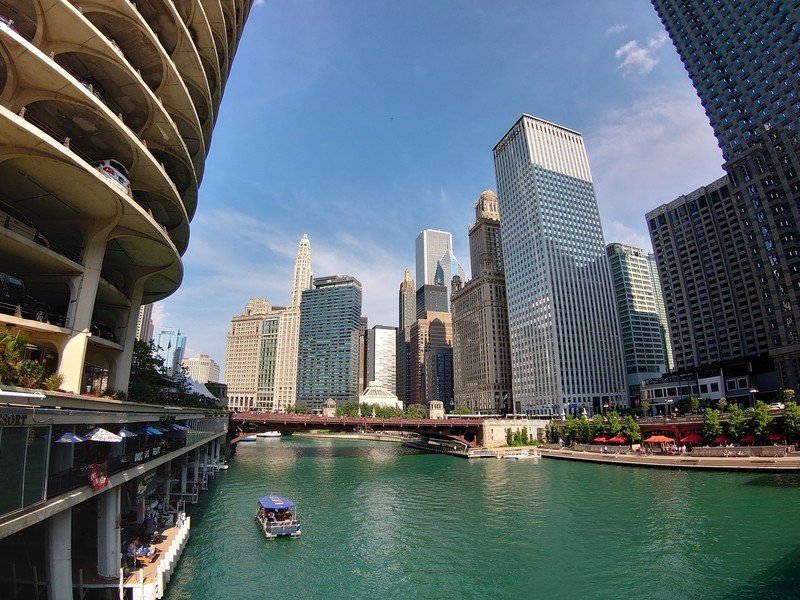
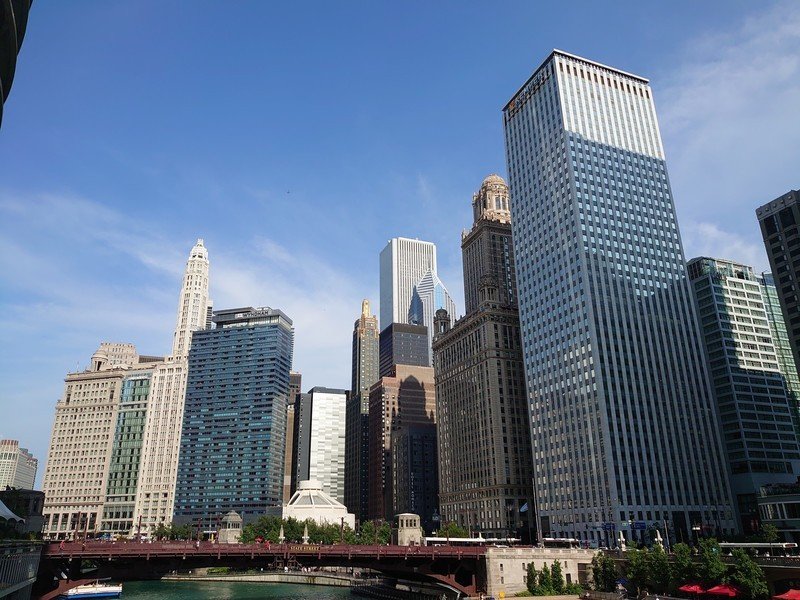
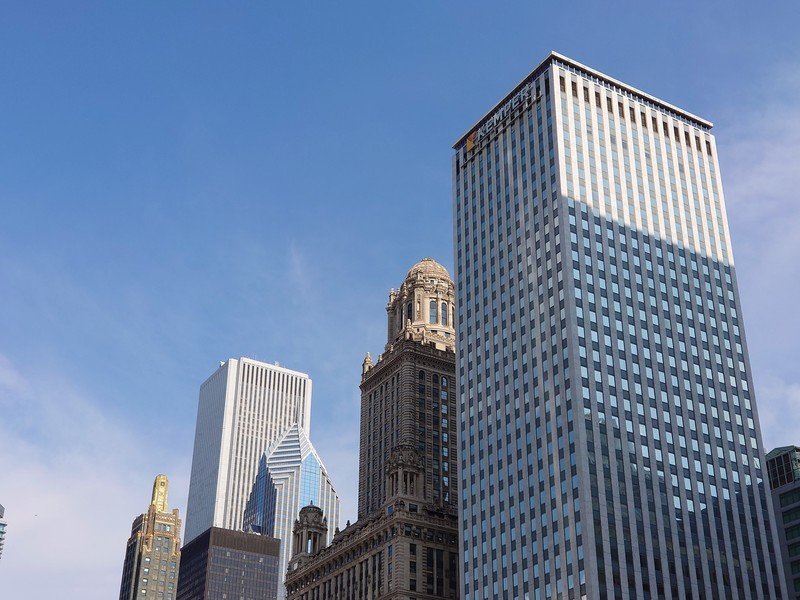

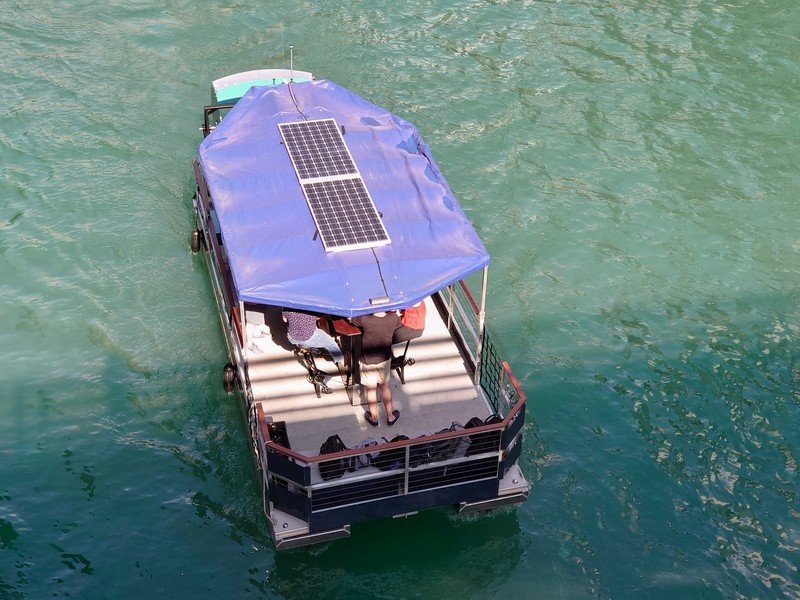
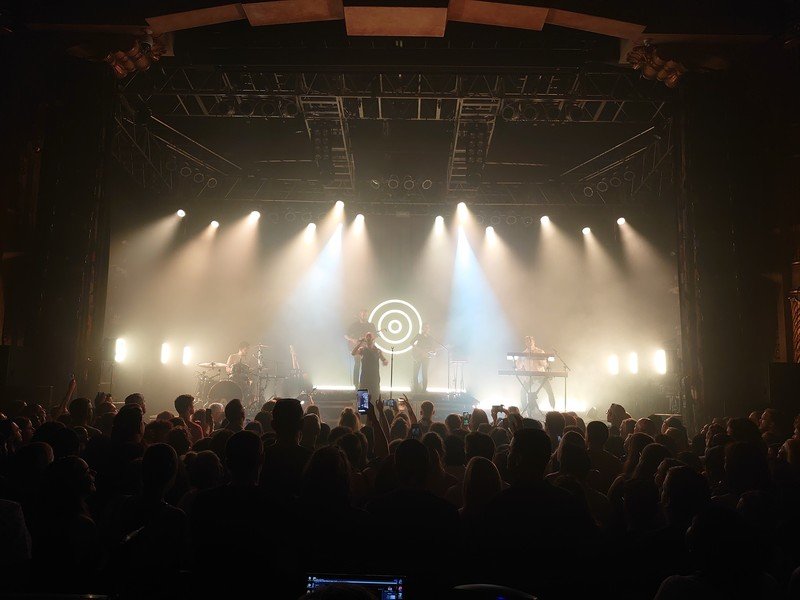
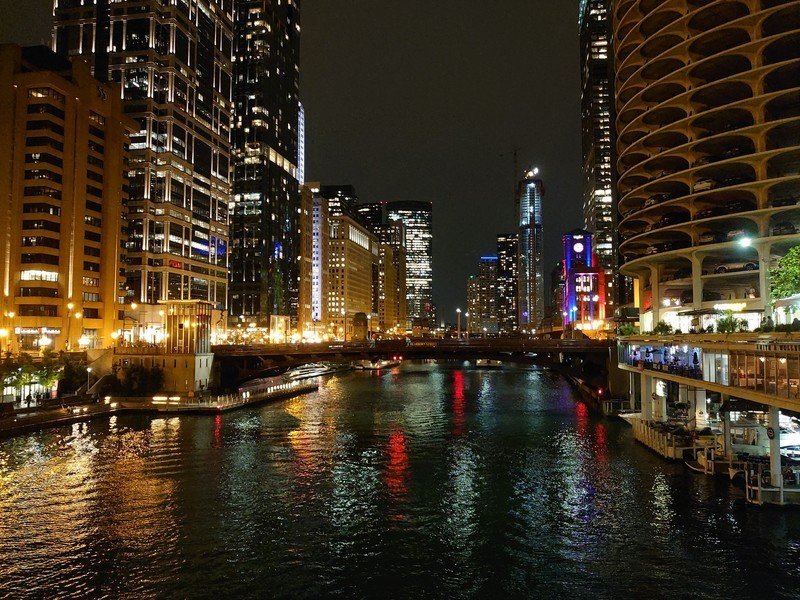
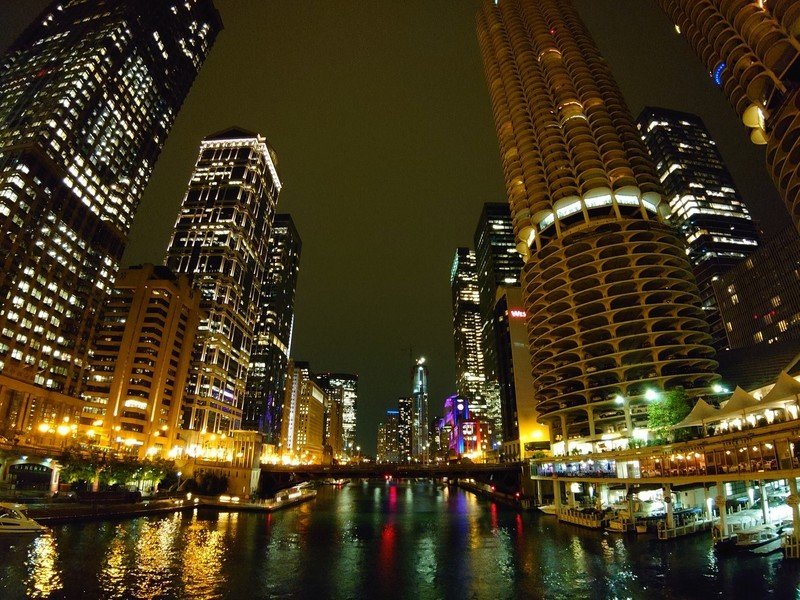
The secondary lenses are surprisingly good, as well. It's easy for me to forget how fun shooting with an ultra-wide lens can be, especially while walking through cities and spacious areas, but I've been having a blast with the Xperia 1's 16mm shooter. You don't get quite the level of detail as the primary lens, but it still has good dynamic range, and the "barrel" effect around the edges isn't overly harsh.
My biggest complaint when shooting with the Xperia 1 is the camera app itself. Switching between lenses is a lot slower than I'd like, and while you can pinch to zoom in and quickly switch to the telephoto lens, you can't zoom out for the ultra-wide — instead, you're left tapping the lens switching button above the shutter until you reach your desired lens.
I also don't love that the photo and video capture buttons are on separate screens, rather than sitting next to each other for quicker captures. And while it's great that there's an easily accessible menu for manual controls during photography, you have to switch to an entirely different app for manual video controls.
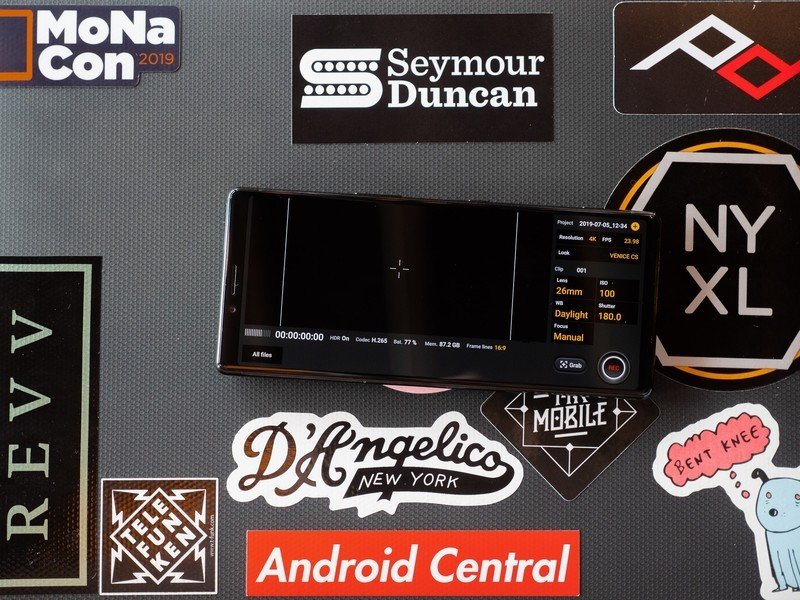
On the bright side, that video app is fantastic. Cinema Pro gives you expansive video controls, including Professional Looks (essentially LUTs), manual focus, and the ability to shoot in 23.98 or 29.97 frames per second. You can shoot in either 4K (3840 x 1644) or 2K (2520 x 1080) with HDR enabled, exporting in H.265 for smaller files without sacrificing quality.
Another feature I love is the physical shutter button along the side of the phone, which gives you a quick way to launch the camera and another option for capturing a photo or video. You can press lightly to quickly re-focus, or press the button all the way down to capture. I ended up sticking with the on-screen shutter button most of the time, since pressing the physical button added just enough shake to make some of my photos blurry, but it's still a great hardware feature that you don't see very often elsewhere.
Sony Xperia 1 Should you buy it?
Sony may have fallen out of the limelight in recent years, but the Xperia 1 shows that the company absolutely still knows how to make a great phone. From the absolutely incredible display to the clean software, fast performance, and great cameras with a focus on mobile filmmaking, there's very little to complain about here, even when compared to other leading phones in the sub-$1000 category.
4.5 out of 5
What's more, pre-orderers can get a free pair of Sony's excellent WH1000XM3 noise-canceling headphones bundled with the phone — a $350 value-add. I've been using the previous generation 1000XM2 headphones almost daily for years, and the M3s bring major improvements in noise cancellation and sound quality.
Even after the pre-order period ends when the phone launches on July 12, though, the Xperia 1 is a terrific phone through and through. It's a shame that it won't see any kind of significant marketing in the U.S., as its competitors like the Galaxy S10+ do, because it's every bit deserving of the same attention.
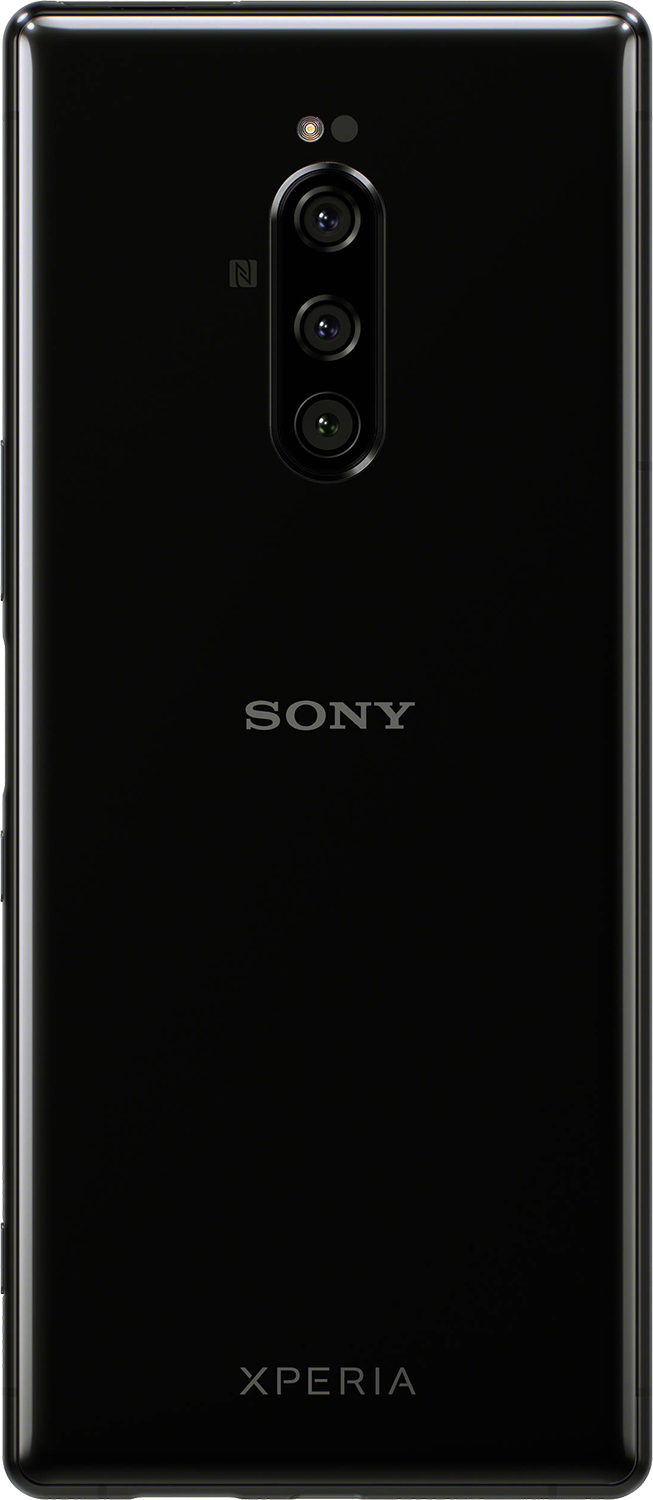
Sony Xperia 1
The tallest phone in town.
The Xperia 1 nails all of the essentials, with blisteringly fast performance and three excellent cameras. The extra-tall display takes some getting used to, but it makes widescreen movies more immersive, and its 4K HDR technology is unmatched.
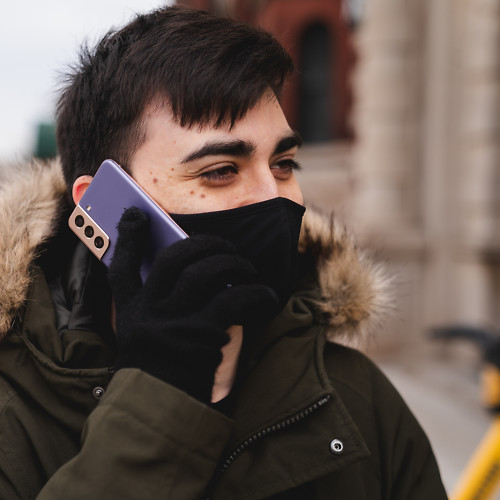
Hayato was a product reviewer and video editor for Android Central.
